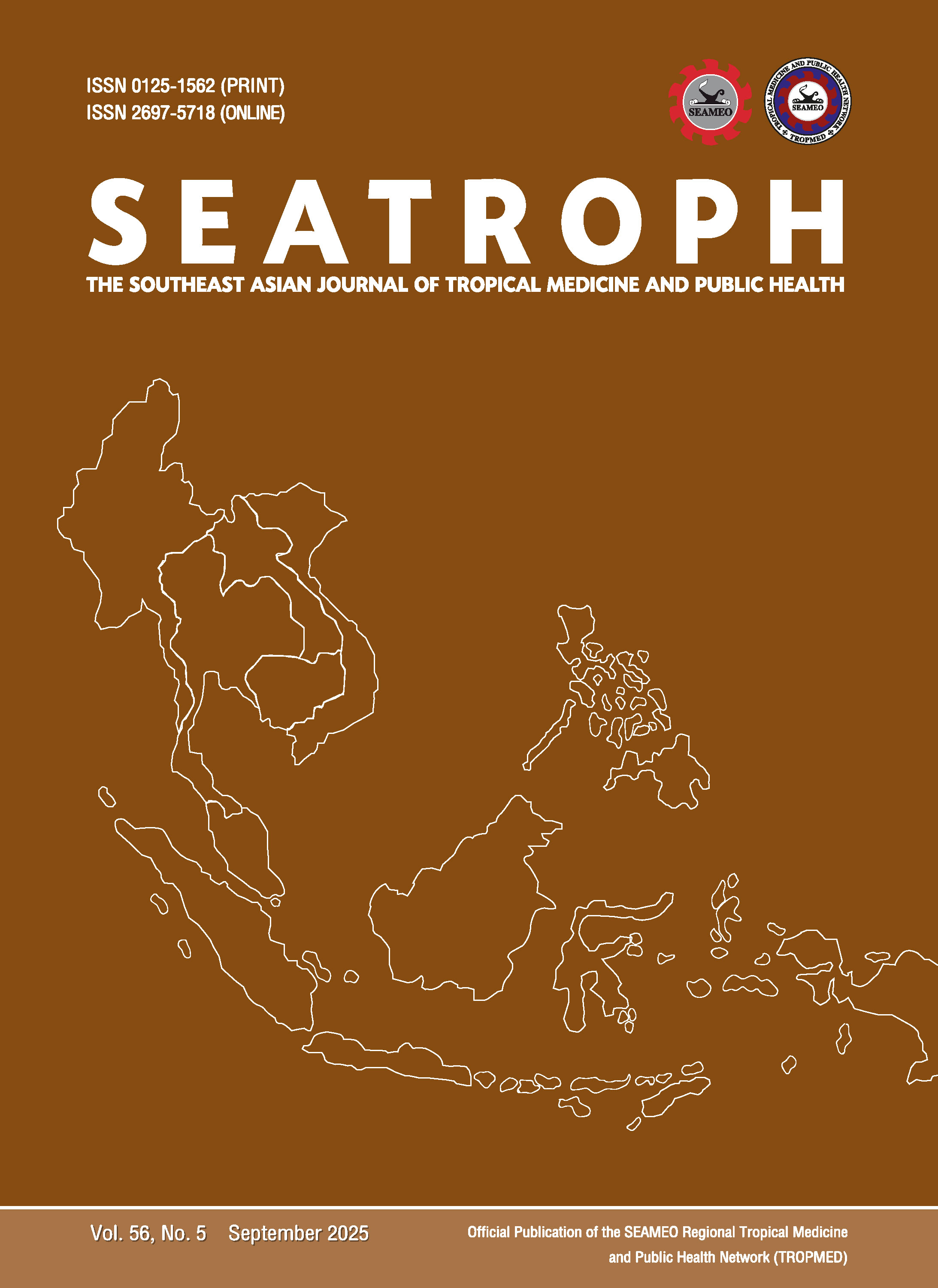EVALUATION OF ASSOCIATIONS BETWEEN DIET AND GASTROINTESTINAL DISORDERS IN SAUDI ARABIA
Keywords:
dietary, Diversity, gastrointestinal disordersAbstract
Gastrointestinal (GI) disorders are a public health problem in Saudi Arabia and diet may influence these conditions. In this study we aimed to evaluate associations between diet and GI disorders among Saudi adults in order to inform efforts to control and prevent these conditions. Study subjects were recruited from the Aseer Region, Saudi Arabi using online surveys distributed via social media platforms and institutional mailing lists of King Khalid University. Inclusion criteria for study subjects were: being aged ≥18 years, living in the Aseer Region, being willing and giving consent to participate in the study. Exclusion criteria for study subjects were: being unwilling to participate in the study, not completing the required questionnaire and having a serious health condition that could confound the dietary assessment. The minimum number of study subjects calculated to be needed for the study was 423. Each subject was asked to complete a self-administered questionnaire that was previously validated, adapted and pilot tested among 20 residents from the study area who met inclusion and exclusion criteria for study subjects. This cross-sectional study was conducted during January-June 2025. The questionnaire asked about consumption of fruits, vegetables, grains, dairy products, proteins/meats, sugary foods, fats and fast food. It also asked about physical activity level, smoking status, weight and height. A body mass index (BMI) was calculated from the weight and height. Dietary intake of each of the recorded items was classified as never, low (1-2 times/week), moderate (3-6 times/week) and high (≥7 times/week) following Food and Agricultural Organization (FAO), World Health Organization (WHO) guidelines. Consumption of sugary items, fats and fast food were categorized into low/healthy, moderate and high/unhealthy consumption. Physical activity was categorized as low, moderate, or high following WHO recommendations, with thresholds based on weekly minutes of moderate and vigorous activity. BMI was categorized as underweight (<18.5 kg/m²), normal (18.5-24.9 kg/m²), overweight (25.0-29.9 kg/m²), and obese (≥30.0 kg/m²). Subjects were asked if they had been diagnosed with any of the following gastrointestinal (GI) disorders: constipation, functional dyspepsia, gastritis, gastroesophageal reflux disease (GERD), inflammatory bowel disease (IBD Crohn’s or ulcerative colitis), irritable bowel syndrome (IBS), and peptic ulcer disease (PUD). Associations between diet and these specific GI disorders were assessed using multivariable logistic regression analysis and reported as adjusted odds ratios (aOR) with 95% confidence intervals (CI). A total of 430 subjects were included in the study, 256 (59.5%) females. The mean (±standard deviation) age of study subjects was 36.9 (±10.8) (range: 18-65) years. Twenty-seven subjects (6.3%) never consumed fruit. 328 (76.3%), 58 (13.5%) and 17 (3.9%) had low, moderate and high fruit intake, respectively. 15 (3.5%) never consumed vegetables. 272 (63.3%), 99 (23.0%) and 44 (10.2%) had low, moderate and high vegetable intake, respectively. Three subjects (0.7%) never consumed grains. Eighty (18.6%), 191 (44.4%) and 156 (36.3%) had low, moderate and high grain intake, respectively. Nine subjects (2.1%) never consumed protein/meat. 132 (30.7%), 188 (43.7%) and 101 (23.5%) had low, moderate and high protein/meat intake, respectively. Nine subjects (2.1%) never consumed dairy products. 262 (60.9%), 121 (28.2%) and 38 (8.8%) had low, moderate and high dairy intake, respectively. Fifteen subjects (3.5%) never consumed sugary foods. 222 (51.7%), 127 (29.5%) and 66 (15.3%) had low, moderate and high sugary food intake, respectively. Eight subjects (1.9%) never consumed fat. 234 (54.4%), 138 (32.1%) and 50 (11.6%) consumed low, moderate and high fat intake; thirty-two subjects (7.4%) never consumed fast-food. 309 (71.9%), 81 (18.8%) and 8 (1.9%) had low, moderate and high fast-food intake, respectively. 117 subjects (27.2%) reported having been diagnosed with a GI disorder: 12 (2.8%) had constipation, 9 (2.1%) had functional dyspepsia, 55 (12.8%) had gastritis, 17 (4.0%) had GERD, 1 (0.2%) had IBD, 18 (4.2%) had IBS and 5 (1.2%) had PUD. Subjects with low fruit intake were significantly more likely to have a GI disorder than those on a moderate to high fruit diet (aOR = 0.685, 95%CI: 0.497-0.945, p-value = 0.021). Females were significantly less likely than males to have a GI disorder (aOR = 0.490; 95%CI: 0.273-0.878, p-value = 0.017). Insummary, subjects with a low fruit diet were significantly more likely to have a GI disorder and females were significantly less likely to have a GI disorder. We conclude, subjects with a low fruit diet and males in the study population should be encouraged to consume more fruit. Further studies are needed to determine if people with a low fruit diet and males consume more fruit if this will reduce the chance of developing a GI disorder.




